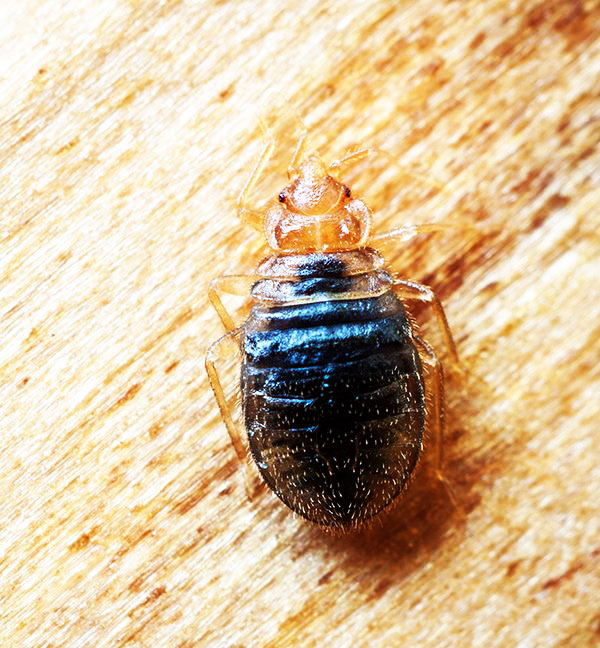Bedbugs are not a type of creature that you you would want to stay with you, that sense that you've been sleeping with them for goodness knows how long, knowing they've been coming out and getting all over you at night, it's an invasive and disturbing feeling. In this article we will look at bedbugs in detail, and perhaps more importantly outline ways you can make sure you stay bedbug free.
Bedbugs are found throughout Australia due to its temperate climate. They are mainly bloodfeeding nocturnal nocturnal creatures. As the name may suggest, bedbugs spend most of their time hiding in bed linen, and are transferred primarily through contact by human or animal, from one infested area to another.

There is a common misnomer that bedbugs cannot be seen with the naked eye, in fact adult bedbugs are about 6-9 mm long. Bedbugs typically like to feed just before dawn and live exclusively on blood, preferably human, but other mammal if necessary. Their bite is extremely irritating. With one tube it injects its saliva, which it contains, while with the other it withdraws the blood of its host, that's you!
Bedbugs are active throughout the year. They spend most of their time hiding in bed linen and only leave for a short time to seek a meal. Bedbugs can survive several months without feeding.
Female bedbug's can lay up to 10 eggs in batches, they lay them in cracks and crevices near the source of food. Within 30 days the eggs hatch, producing nymphs which seek blood meals. A typical life cycle when conditions are suitable may be as little as 45 days.
What you can do to lower the risk of infestation
House cleanliness assists with control but infestations can occur due to transference from furniture and luggage that has been in contact with an infestation.
Detecting a bedbug infestation can be difficult as the insects are very small and often hide deep within the bed linen when they are not feeding. The pattern of bites can be a method of identifying the presence of the insects with bites usually being more itchy and lasting longer than common mosquito bites. You will need a pest control expert to find and treat termites, but you can still limit infestation by doing the following;
o Removing all bedding and washing in hot, soapy water on the same day as the treatment service.
o Treating the mattress with a portable steam-cleaner or 'hot-air gun' -pay particular attention to seams, labels, handles, holes (for handles) or tears, and box springs.
o Moving the mattress outdoors, wrap it in black plastic sheeting and thoroughly tape the joints - leave in the sun (remember to turn it over so that both sides get hot) - bedbugs will die fairly quickly in temperatures exceeding 100F (38C).
o Placing a thin smear of petroleum jelly to the bed legs, or alternatively fit each leg with a band of double-sided adhesive tape to prevent bedbugs from climbing up.
o Removing false bed-heads that are fixed to the wall - if this cannot be achieved, thoroughly seal all around the bed-head so that no gaps remain.
o Sealing any gaps to skirting boards, architraves, etc - remove covers from light and power switches within 3 metres of the bed.
How to stay Bedbug free
o Checking any electrical appliances within 3m of the bed (lamps, alarm clocks, radios, telephones, etc). Examine mirrors or pictures within 3m of the bed. Maintain as indicated below.
o Thoroughly vaccuming all areas discussed above and steam cleaning where safe to do so.
There are different solutions to control a bedbug infestation depending on your problem and its extent. However by following the steps listed above you should significantly reduce the risk of pest activity in your home or office.










.jpg)

0 coment�rios: